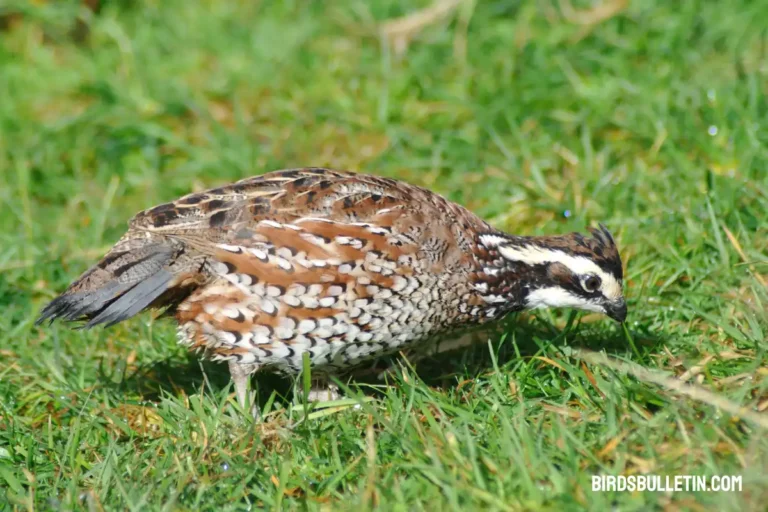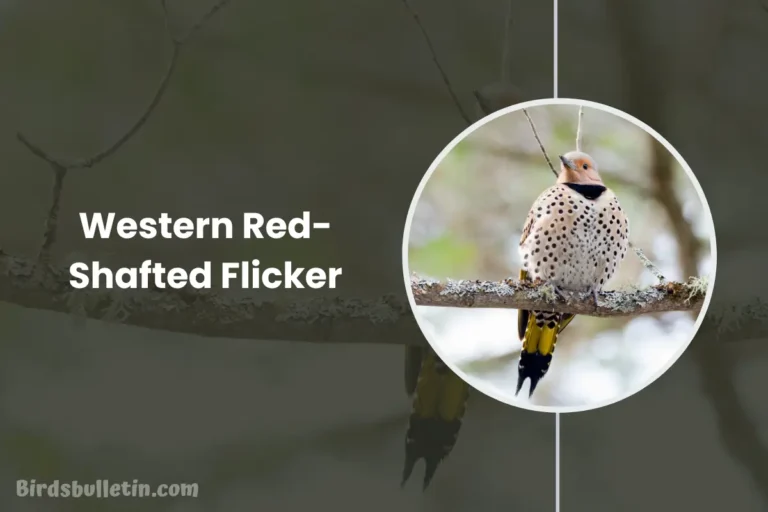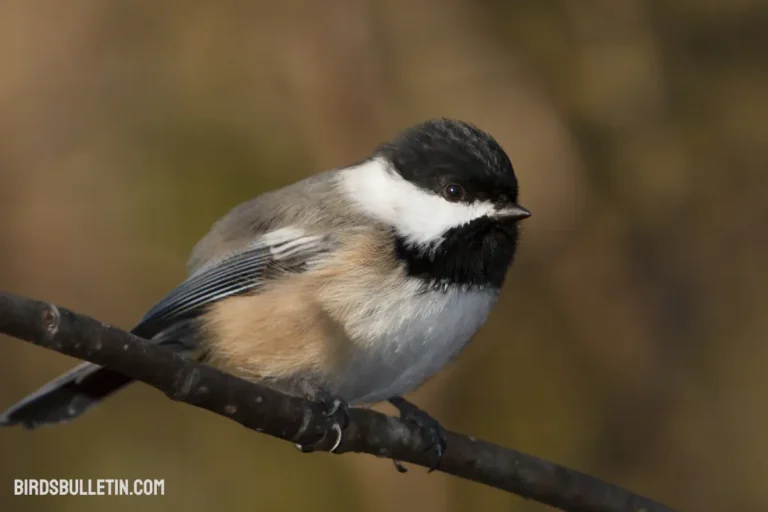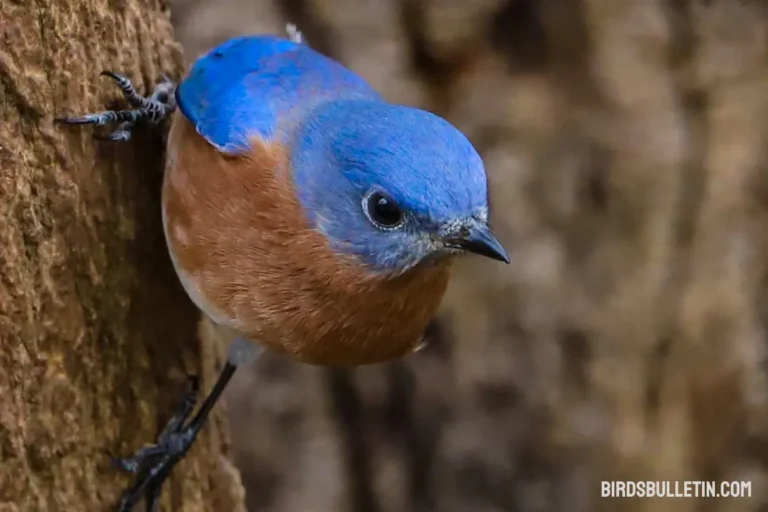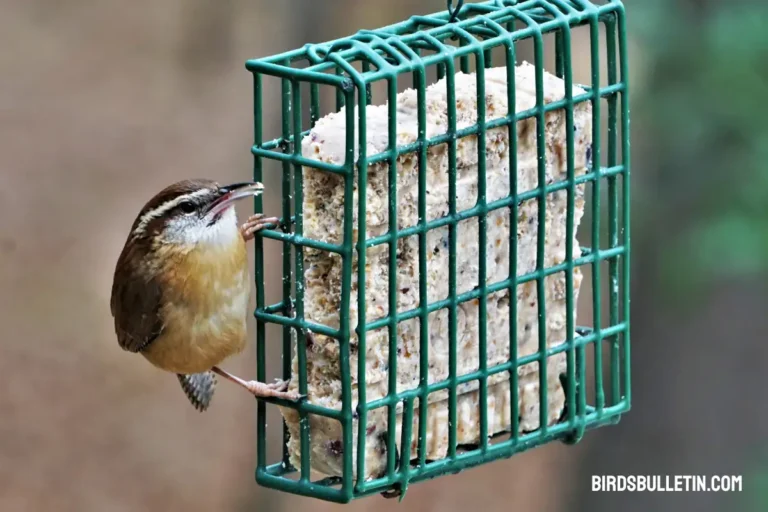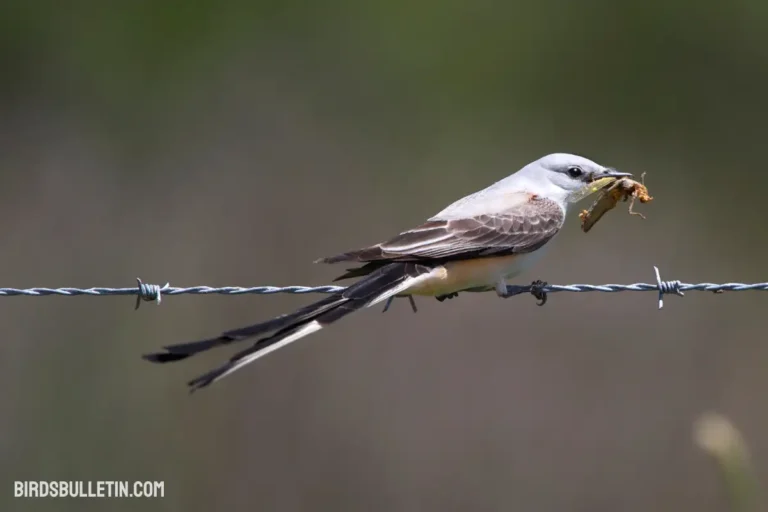What Do Gilded Flicker Eat?
Like all woodpeckers, the Gilded Flicker has specialized feeding behaviors and a diet that sets it apart from other birds. This species forages primarily on the ground, probing into soil and debris for its main prey ants and beetles.
It also supplements its diet with fruits, seeds, and other insects depending on seasonal availability. Gilded Flickers have adapted to find food resources in the dry habitats of the American Southwest.
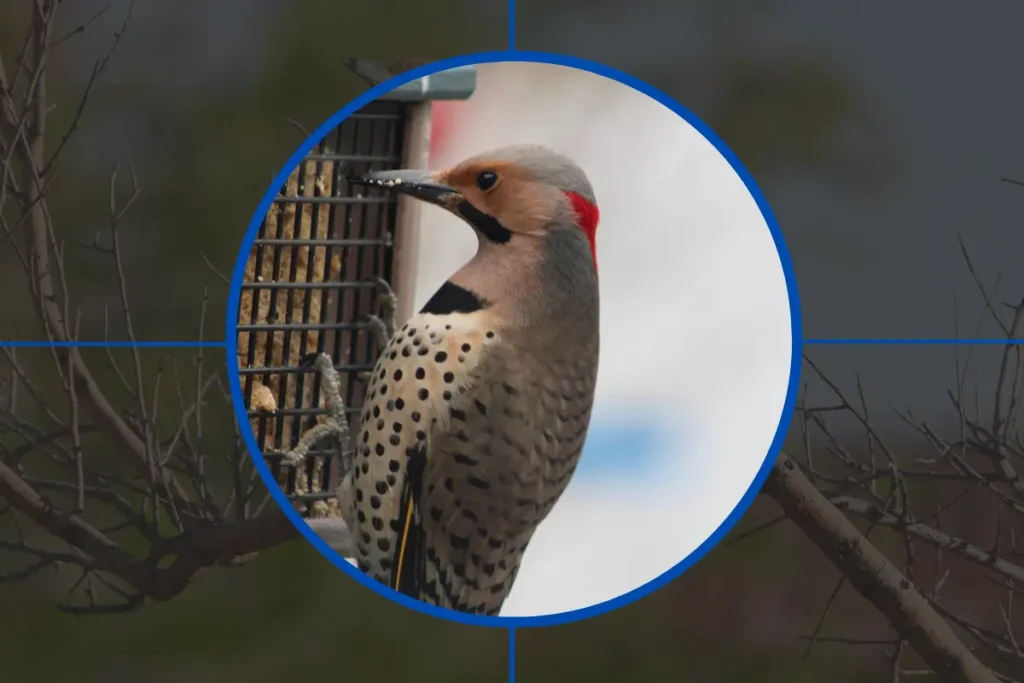
Interested in similar topics on birds food:
Favorite Foods
The Gilded Flicker’s diet consists mainly of insects and other arthropods. Some of their favorite foods include:
| Food | Details |
|---|---|
| Ants | Feed heavily on harvester and carpenter ant colonies |
| Beetles | Prefer larvae and adults of darkling beetles and wood-boring beetle species |
| Caterpillars | Important food source for chicks |
| Spiders | Smaller spiders are eaten occasionally |
| Fruits | Consume berries, pulp of prickly pear cactus |
| Seeds | Especially from flowering annual plants |
Ants and beetles make up over 60% of the Gilded Flicker’s annual diet. They provide the necessary proteins and nutrients for these woodpeckers.
How They Gather Food?
These Flickers forage mostly on bare ground, searching for food around ant mounds, under rocks, and fallen logs. They use their curved bill to probe deeply into the earth, locating prey by sound and vibration. Their long-barbed tongue can spear and extract ants and beetles lodged deep within burrows or crevices.
These birds also forage on trees, harvesting larvae from inside dead branches. Occasionally they probe into yucca and agave flowers for insects. Gilded Flickers will visit feeders for seeds and fruits in areas near human habitation.
In the non-breeding season, they can form loose flocks that travel together to feast on abundant food sources like ant swarms.
What They Eat in the Winter?
Winter diet shifts to rely more heavily on plant food sources. With insect prey less active in the cold months, they consume more berries and seeds from junipers, desert hackberry, and flowering plants like ragwort and sump weed. Sap wells excavated into trees also provide an important carbohydrate source in winter.
Ants remain an important part of their diet year-round. Gilded Flickers have adapted to follow the winter activity cycles of certain ant species, focusing on foraging around colonies of cold-tolerant ants like Allegheny mound builders.
Chick Diet
Adult Gilded Flickers feed their chicks primarily insects, especially caterpillars and ants. The chicks require high protein sources to sustain their rapid growth and development in the nest.
As chicks near fledging, parents mix in more plant material such as berries. The chicks beg and call constantly from the nest cavity to demand food from their parents.
Frequently Asked Questions
1. Do Gilded Flickers ever eat tree sap?
Gilded Flickers are not known for their sap-eating habits, unlike some other woodpecker species. They primarily focus on insects, fruits, and seeds.
2. Do Gilded Flickers store food?
They do not create storage caches. But mated pairs will pass food back and forth, a behavior called? cache-passing” which keeps insect prey close at hand for subsequent feeding bouts.
3. Why are ants such an important part of Gilded Flicker’s diet?
Ants are abundant in the Gilded Flicker habitat and provide a nutritious source of essential proteins, fats, and minerals. Carpenter and harvester ants cannot easily escape the woodpecker’s probing bill.
4. How do Gilded Flickers locate their food?
These woodpeckers use their strong bills to drill into wood and their keen eyesight to spot insects and fruits.
5. Are Gilded Flickers known to migrate for better food sources?
Gilded Flickers are not migratory birds. They tend to remain in their native desert habitats year-round.
6. What role do Gilded Flickers play in their ecosystem?
Gilded Flickers contribute to ecosystem health by aiding in pest control through insect consumption and dispersing seeds of various desert plants.
Final Thought
The Gilded Flicker has adapted its foraging strategy and diet to thrive in the arid Southwest environment. Though insects like ants and beetles make up the majority of their food.
They can opportunistically exploit other food resources like fruits and sap. Their unique ground-probing feeding technique allows them to access nutritious prey even when other food sources are scarce.
References:
- Curry, R.L. and A.T. Peterson. 2010. Gilded Flicker (Colaptes chrysoides), version 2.0. In Birds of the World (A. F. Poole, Editor). Cornell Lab of Ornithology, Ithaca, NY, USA.
- Doster, R. and D. James. 2018. Gilded Flicker (Colaptes chrysoides), version 3.0. In Birds of the World (A. F. Poole and F. B. Gill, Editors). Cornell Lab of Ornithology, Ithaca, NY, USA.
- Sherry, T.W. 2019. Gilded Flicker (Colaptes chrysoides), version 1.0. In Birds of the World (S. M. Billerman, Editor). Cornell Lab of Ornithology, Ithaca, NY, USA.


